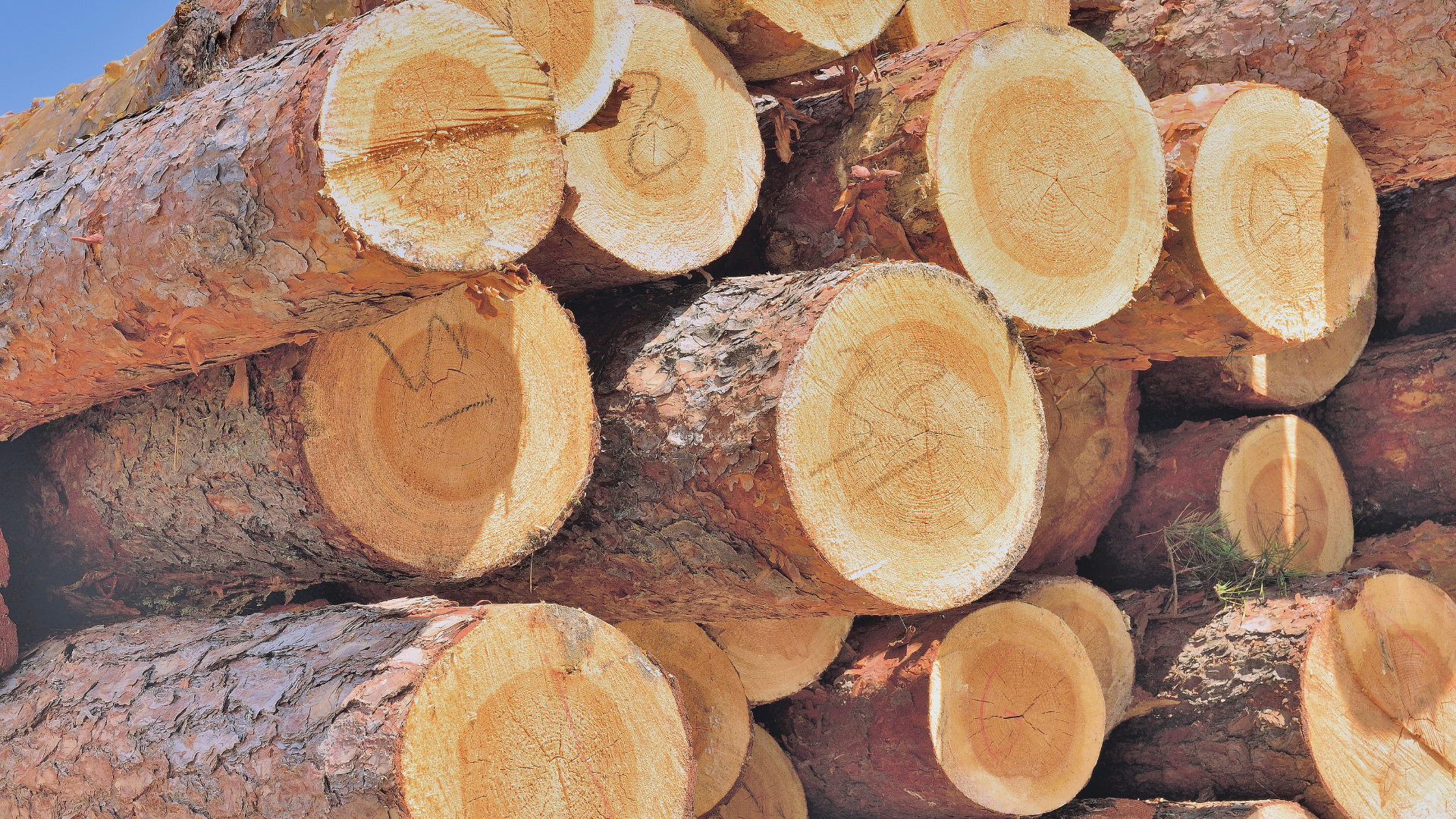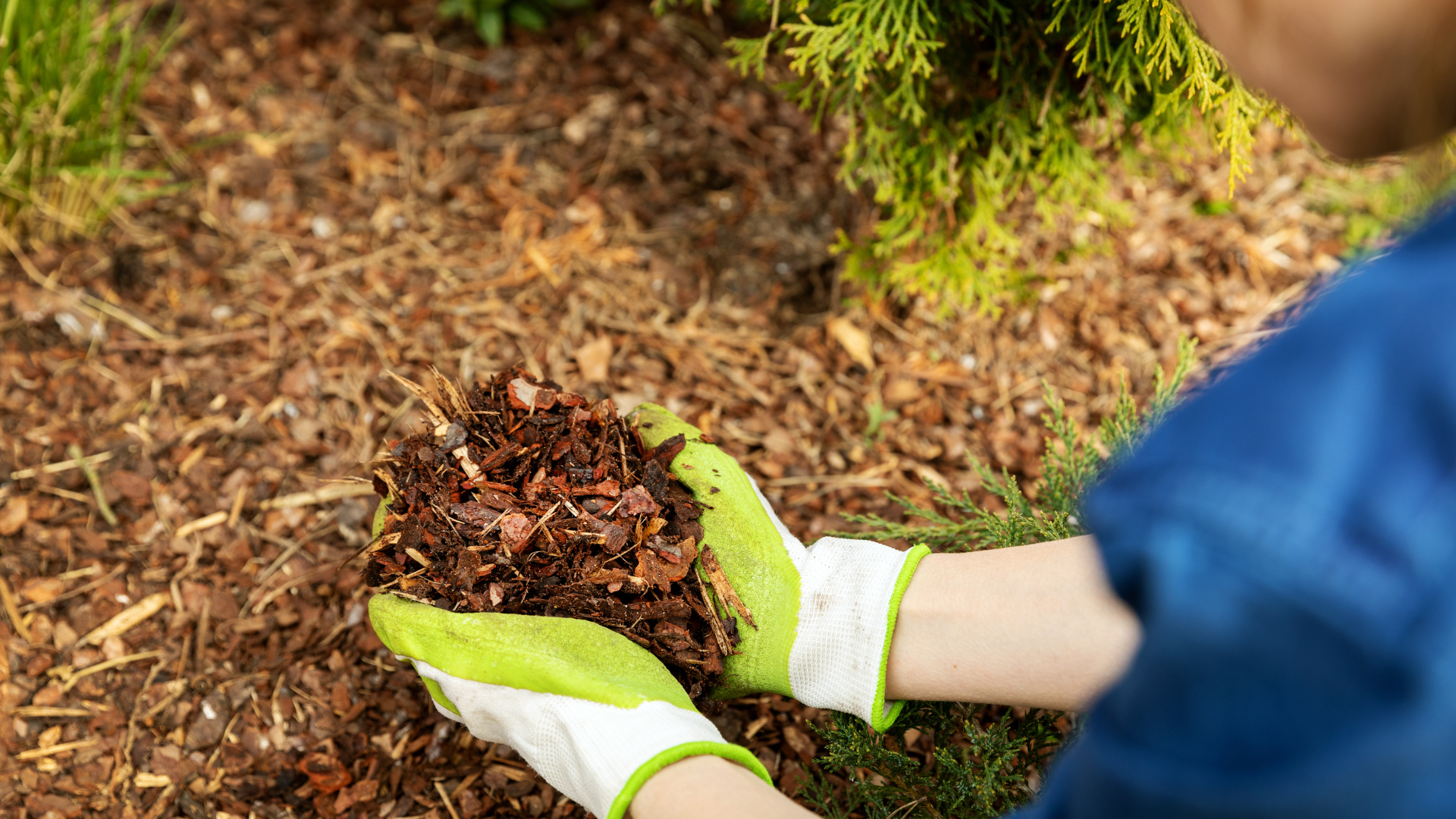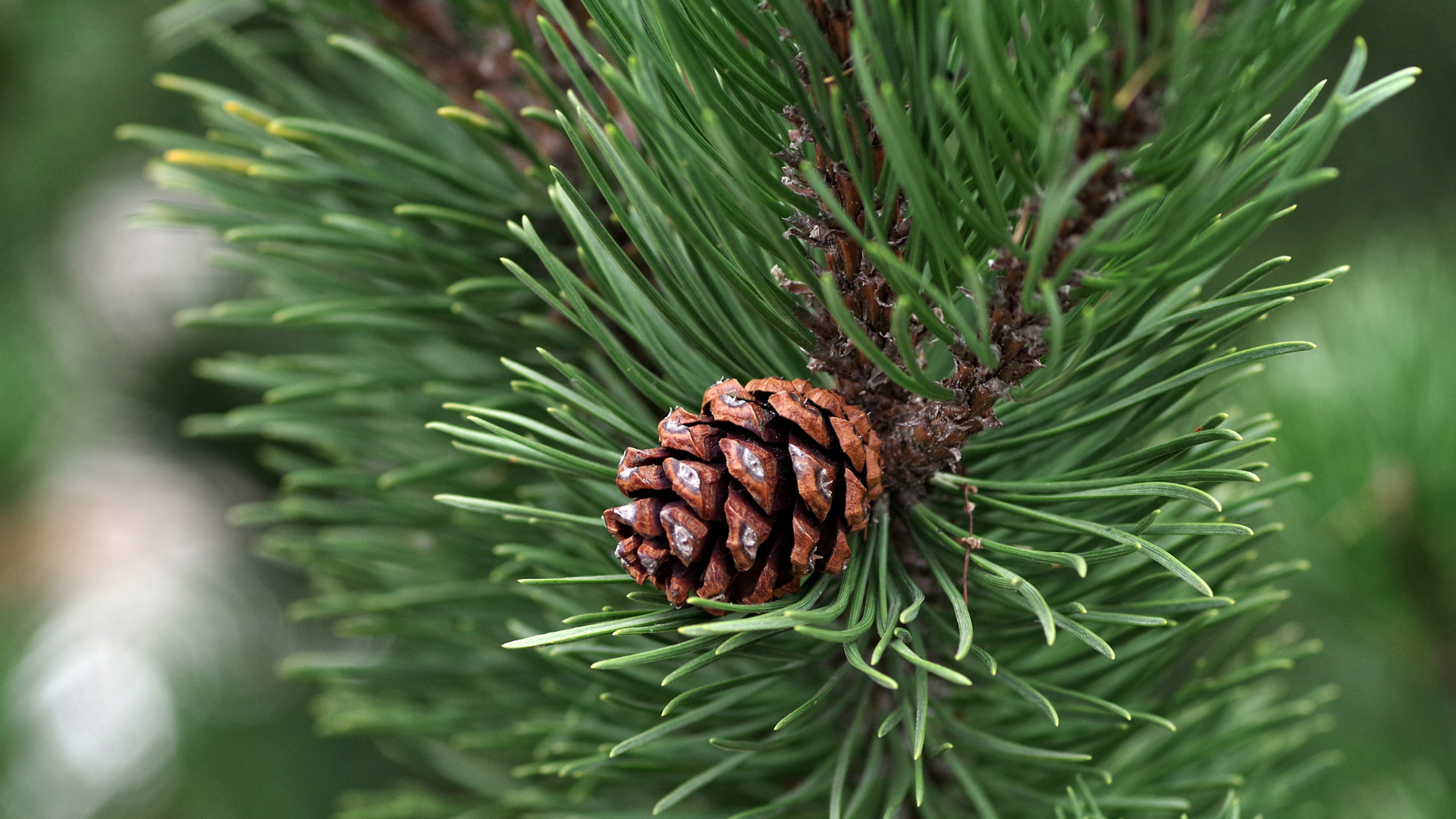Pine Wood Uses: From Building Material to Garden Bedding
Pine trees are plentiful, with lots of different types of pine which can be used for many different projects
Pine is a ubiquitous material, used in everything from framing homes to building patios, furniture making and more.
Pine is classified as a softwood, which affects its uses and properties in woodworking and construction. Pine trees belong to the genus Pinus, which includes many common types with a wide range of characteristics.
And with so many pine species out there, from ponderosa pines to eastern white pines all the way to southern yellow pines, there are lots of great-looking varieties to use in your building projects or for your landscaping needs. The different types of pine have different properties, making them suitable for various uses in furniture, construction, and landscaping.
Whether you’re building pine furniture or chipping it to make material for your garden, there are lots of reasons to get excited about using pine. Let’s go over a few of those uses today.
What are the benefits of pine wood?
Pine wood is a versatile timber with a number of positive aspects that make it a good material for building.
-
-
Soft pine is a sturdy material that’s both pliable and hardy, and is stronger and more durable than most other softwoods
-
It’s common and cheap compared to many other types of wood due to its availability and rapid growth, making it easy to mill or purchase a lot of pine quickly
-
Pine wood stains easily making it easy to customize
-
Pine machines easily, making it accessible for both hand tool and machine woodworking
-
Treated pine is great for exterior uses such as outdoor furniture
-

Why should you build with pine?
Want to frame a building and need materials to do it? White pine, lodgepole pine and western white pines are common and cheap materials, easily acquired by the truckload and can be milled using a portable sawmill to get a load of lumber quickly. Pine makes an affordable and practical building material for a wide range of projects.
While there are a lot of knotty pines that can be difficult to work with, knotty pine is a traditional choice known for its distinctive appearance and nostalgic appeal. Pine as a species of wood is a very stiff softwood with relatively high bending strength, making it an ideal building material for structural applications.
Want to do window frames? Mill up some dimensional lumber and get constructing. Need some material for a patio? Cut down some eastern white pine and turn it into a beautiful addition to your home. Pine is also commonly used for making furniture due to its strength and workability. Additionally, pine is used for flooring and decks because of its strength and affordability.
You can treat pine yourself at home too, but this should be done with caution. Before building ensure your wood meets all the requirements of your local building departments, including getting it graded or stamped if required.
The pine tree also provides important environmental benefits, such as offering wildlife habitat and helping with soil erosion control.

Indoor Applications
When it comes to indoor projects, pine wood—especially soft pine—shines as a practical and stylish choice. Its light weight and easy workability make it ideal for crafting everything from sturdy tables and chairs to elegant cabinets and shelving. Pine wood is also a go-to material for construction projects like framing and decking, thanks to its strength and affordability.
Pine’s straight grain and smooth texture allow it to be stained or painted in a solid colour, so it can match any interior design style—from classic to contemporary.
Another key advantage is that pine is a renewable resource, making it an environmentally friendly option for those looking to reduce their ecological footprint. Whether you’re building custom furniture or renovating your home, pine wood offers a blend of beauty, practicality, and sustainability that’s hard to beat.
Outdoor Furniture
Pine wood is a popular material for outdoor furniture, especially when treated to withstand the elements. While its natural low density means untreated pine can be susceptible to moisture damage, pressure treated pine is commonly used for outdoor applications like decking, fence posts, and garden benches. Treated pine wood is resistant to rot and insect damage, making it a durable and affordable choice for outdoor furniture and construction projects.
To ensure your pine outdoor furniture lasts for years, it’s important to apply a waterproof sealant and perform regular maintenance. With the right care, pine wood can offer both beauty and functionality in your garden, patio, or deck, making it a versatile and widely used material for outdoor applications.
Benefits to pine wood chips
Planning on using pine wood chips around your property? Or do you want to use them to make an organic mulch?
One of the benefits to pine wood chips is that, because it's a softwood species, it will decompose much faster than hardwoods species. This means that it will add to your soil base much faster, great for when you want to add a layer of wood mulch to the top few inches of soil in your garden.
Pine wood chips:
-
-
Provide a valuable source of carbon for your soil
-
Can be chipped to smaller pieces to decay faster or larger ones to decay more slowly
-
Allow plant growth while suppressing weeds
-
Are a natural infill material
-
One of the downsides of pine is that it absorbs nitrogen, so if you're concerned you can always use a nitrogen-rich fertilizer to supplement your soil if you plan on using a lot of pine wood chips over time. If you mix in or periodically switch to different types of wood mulch you're using in your garden you can get around this drawback. This allows you to continue using your wood chip mulch, while using up other types of wood waste on your property too.

Wood Chips as Mulch
Pine wood chips can make excellent mulch for your garden. As mentioned above, pine is abundant and quickly adds to the existing soil base. It's also rich in nutrients and can make for a great soil amendment.
The benefits of using fresh chips in your garden mulch includes:
-
-
Prevent soil erosion
-
Improved temperature control of the soil
-
Suppress weeds
-
Reuse existing wood chips and compost pile
-
Wood chips can help your mulch to keep the soil moist, and can be easily made using existing yard debris like tree branches and pine needles.
Apply a thick layer to the top few inches of your garden beds, and enjoy the benefits of your pine chips. Pine does soak up all the nitrogen in the soil, so you can negate this by mixing in other types of wood chips or rotating different organic matter into your mulch.
Pine Christmas trees
Pine trees are the idyllic Christmas trees used around the world. Their light weight means they're easy to bring into your home and while they can be messy due to their needles, they become the center-piece of your home for the entire winter season.
These evergreen trees are cherished for their classic conical shape and pleasant pine scent, which adds to the festive atmosphere. Different species of pine, such as the Eastern White Pine or the Ponderosa Pine, are popular choices depending on the region and availability. Pine Christmas trees are also appreciated for their sturdy branches, which can hold a variety of ornaments and lights, making decorating a joyful tradition.
Moreover, pine trees are a renewable resource, often grown in sustainable plantations specifically for holiday use. After the season, many communities offer recycling programs where used pine trees are chipped into mulch or composted, providing environmental benefits beyond the holidays. This cycle ensures that pine remains a popular and eco-friendly choice for Christmas celebrations worldwide.

Pine Nuts
Did you know pine nuts are not only edible, but are also a traditional cooking and baking ingredient used in a number of dishes? Pine nuts are plentiful in the species that produce them, so you should have no trouble collecting them from fallen pine cones.
Not all pine cones yield edible seeds (there are about 20 species that do) so check your local species to see if you can harvest them for nuts.
Here are a handful of ideas of what to make with pine nuts:
-
-
Hummus: Lots of people use toasted pine nuts ground into hummus. Keep a few to put on top for decoration and you've got a refreshing and delightful snack
-
Pinoli Cookies: These cookies are made with almond flour made with pine nuts. There are lots of recipes online, so give it a try
-
Pesto: Add some ground pine nuts to your pesto to give it a refreshing forest flavor
-
Salad Topping: One of the most common uses for pine nuts is in salads. You can either mix it in, but it looks great as a salad topping. Turn your salad into a conversation piece
-
Meat Seasoning: Dry your pine nuts in the oven then grind them and you have a pine seasoning you can use for chicken, pork or cured meats
-
It's also good to know that pine nuts can be frozen, meaning if you're worried about them going bad you can toss them in your freezer to use later!
SHOP SAWMILLS
HM122
An entry-level sawmill packed with impressive features at a budget-friendly price. Designed for hobby sawyers or woodworkers looking for an economical solution to mill lumber.
HM126
One of the best-valued sawmills in the industry. A longstanding favourite that ensures smooth, accurate cuts. Perfect for hobby sawyers, entrepreneurs or seasoned woodworkers.
HM130MAX®
A wide capacity sawmill that produces stunning high-value live-edge boards. Loaded with features including our FULLCUT™ sawhead, RapidChange® blade system, auto lube, and more.
HM136MAX™
The ultimate solution for cutting wide live edge slabs, perfect for tabletops, counters, benches, and more. Our unique FULLCUT™ sawhead design ensures your logs' widest assets are left intact.
Join the Woodland Mills Community Facebook group. Search advice and insights from over 65,000 knowledgeable, supportive members.
- Pre-purchase considerations
- Sawmill set-up support
- Project inspiration photos and videos
- Community troubleshooting support
